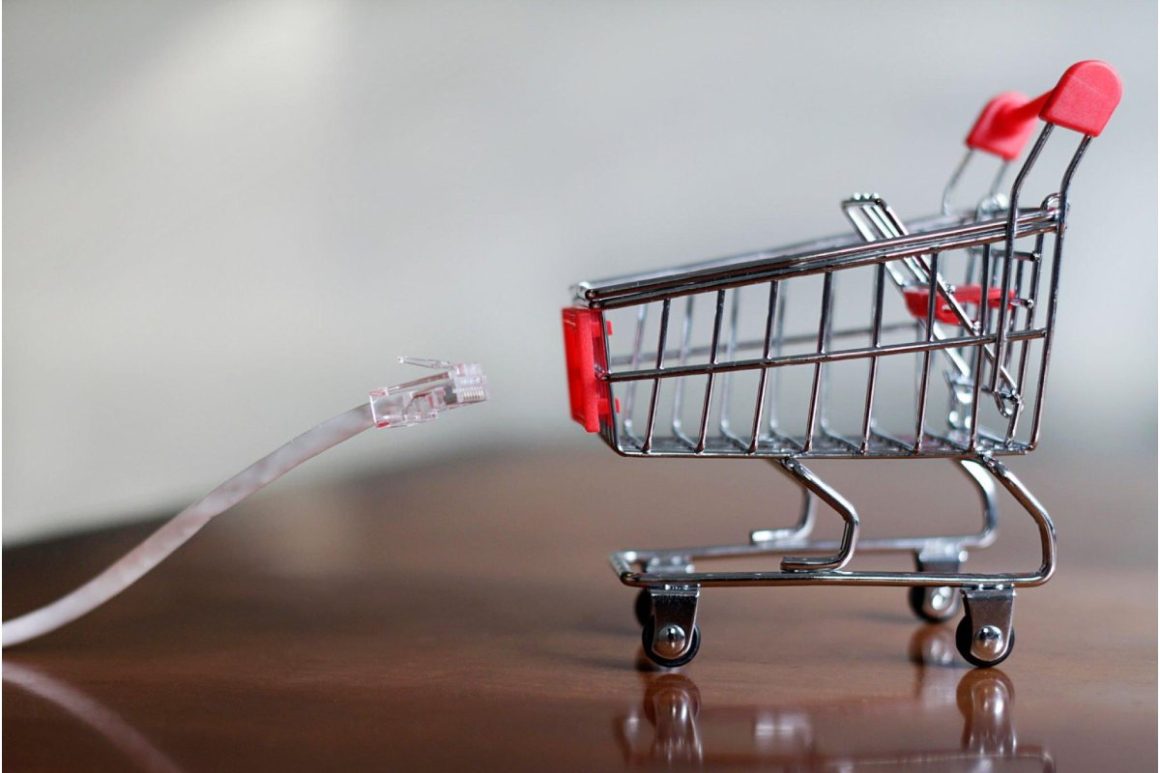Amazon Go is a chain of convenience stores operated by Amazon. The first store was opened to the public in Seattle in 2018, and since then, Amazon Go has expanded to over 20 locations across the United States.
The concept behind Amazon Go is simple.
Customers can enter the store, grab what they need, and leave. There are no cashiers, no checkout lines, and no need to scan items. Instead, the store uses advanced technology and sensors to track customers as they move around the store and automatically charge them for the items they take. You can later pay for your items with the money you make on Bet22.
The technology behind Amazon Go is awe-inspiring. The camera system is the first and most important sensor in an Amazon Go store. The store has hundreds of cameras mounted on the ceiling and walls. These cameras use computer vision to track customers moving around the store, creating a detailed map of their movements. The cameras can detect when a customer picks up an item from the shelf, as well as when they put it back. The camera system can also identify customers by appearance, allowing the system to associate each item with the correct customer.
In addition to the cameras, there are weight sensors on the shelves. These sensors can detect the weight of the items on the shelf, allowing the system to track which items have been removed and which are still on the shelf. When a customer picks up an item, the weight sensor registers the change and sends a signal to the system, which adds the item to the customer’s virtual cart.
Another important sensor in Amazon Go stores is the proximity sensor. These sensors are placed throughout the store and can detect when a customer enters or leaves a particular section. This information is use to create a map of the customer’s movements. Which is use to track their progress through the store.
Finally, there are exit sensors at the entrance and exit of the store. These sensors can detect when a customer enters or leaves the store, allowing the system to charge the customer for the items they have taken. When customers leave the store, the system adds items to their virtual cart and charges their Amazon account.
These sensors work together to create a seamless shopping experience for customers. Customers can walk in, grab what they need, and be out the door in just a few minutes. There’s no need to wait in line or scan items, so shopping at Amazon Go is a great option for people needing more time.
But while Amazon Go is certainly convenient, it still needs its controversies. Some people have raised concerns about the privacy implications of the technology used in the stores. With cameras and sensors tracking their every move. Some worry that Amazon Go is the first step towards a world where we are constantly monitor and track.
There are also concerns about Amazon Go’s impact on jobs. With no need for cashiers or checkout staff, some worry that Amazon Go could put people out of work. However, Amazon has said that the stores are still staff with employees who restock shelves, greet customers, and help with issues.
Despite these concerns, Amazon Go has been a success so far. The stores have been popular with customers, and Amazon has continued to expand the concept to new locations. The company has even experimented with different formats, such as Amazon Go Grocery, which offers a wider selection of items, and Amazon Go Express, designed for smaller spaces.
So what does the future hold for Amazon Go?
It’s hard to say for sure, but it’s clear that the concept is here to stay. As technology advances and becomes more sophisticated, we can expect to see even more innovative ideas like Amazon Go that aim to make our lives easier and more convenient.
Overall, Amazon Go is an impressive example of how technology can be use to improve our daily lives. While there are certainly concerns about the impact of the stores on privacy and jobs. It’s hard to deny the convenience and speed of the shopping experience. Whether you love it or hate it. Amazon Go is worth checking out if you’re in the area of one of the stores.


